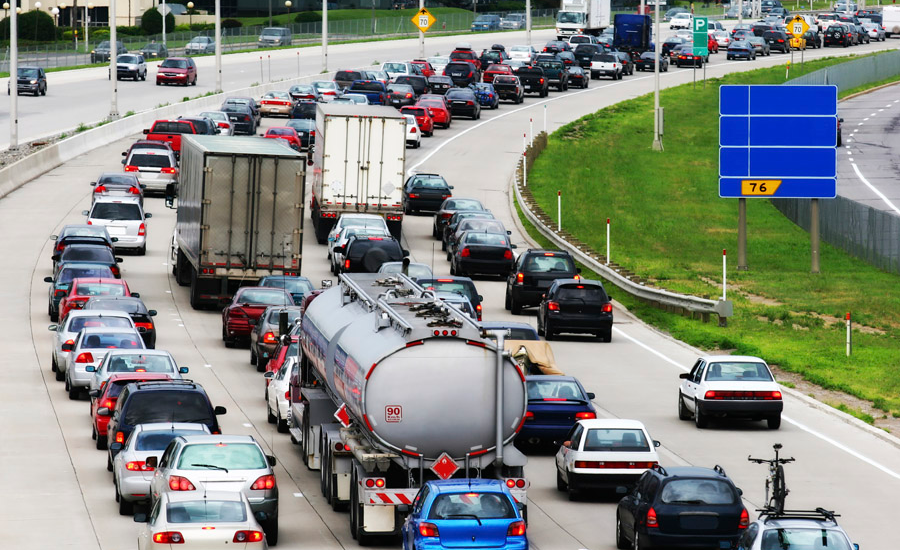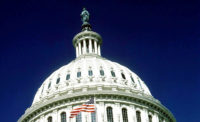Hybrid and electric light-duty vehicles operate more quietly than conventional cars and trucks, which can make them a danger to pedestrians – particularly those who are blind or have low vision and rely on sound to tell them when a vehicle is approaching.
That’s why the U.S. Department of Transportation's (DOT) National Highway Traffic Safety Administration (NHTSA) is adding a sound requirement to federal safety standard intended to help pedestrians detect the presence, direction and location of these vehicles when they are traveling at low speeds. The DOT predicts the rule will help prevent about 2,400 pedestrian injuries each year -- once all hybrids in the fleet are properly equipped.
"We all depend on our senses to alert us to possible danger," said U.S. Transportation Secretary Anthony Foxx. "With more, quieter hybrid and electrical cars on the road, the ability for all pedestrians to hear as well as see the cars becomes an important factor of reducing the risk of possible crashes and improving safety."
Under the new rule, all hybrid and electric light vehicles with four wheels and a gross vehicle weight rating of 10,000 pounds or less will be required to make audible noise when traveling in reverse or forward at speeds up to 19 miles per hour. At higher speeds, the sound alert is not required because other factors, such as tire and wind noise, provide adequate audible warning to pedestrians.
NHTSA Administrator Dr. Mark Rosekind called the rule "a common-sense tool,” that will help combat the increase in pedestrian fatalities.
Manufacturers have until Sept. 1, 2019, to equip all new hybrid and electric vehicles with sounds that meet the new federal safety standard. Half of new hybrid and electric vehicles must be in compliance one year before the final deadline.
The new standard, Federal Motor Vehicle Safety Standard No. 141, responds to Congress' mandate in the Pedestrian Safety Enhancement Act that hybrid and electric vehicles meet minimum sound requirements to provide an audible alert for blind and visually-impaired pedestrians.



